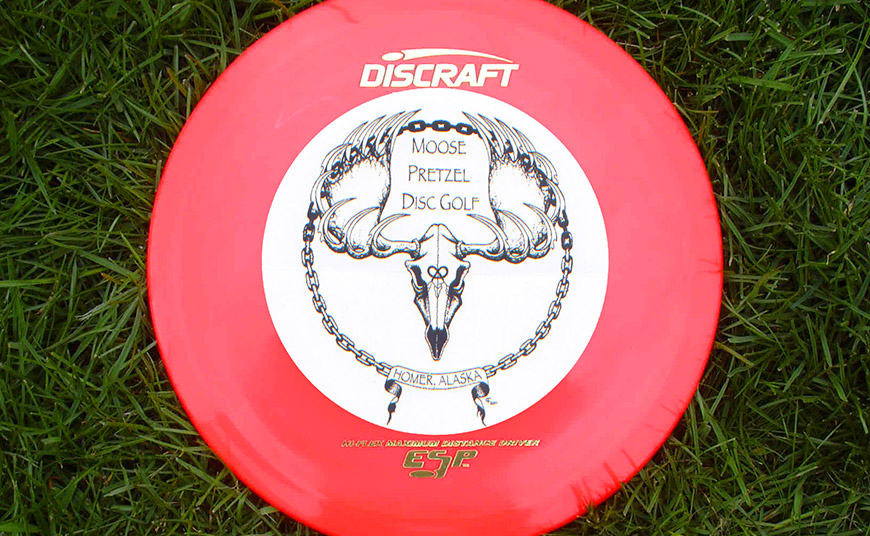As a beginner, selecting and buying your first set of disc golf discs is like the confirmation of your interest in the sport. As the most essential equipment, you need to visualize what the disc does once it is thrown by you, which makes it necessary to learn the stability of the disc.
Understanding disc golf stable vs understable ate just two of the three words used to describe the disc’s stability. This article will try to differentiate between stable and understable and how it affects the flight pattern of the disc golf disc.
Before digging deep into the difference between stable and understable disc golf discs, you need to be aware of the stability of the disc. A stable disc refers to the tendency of the disc to fly straight when thrown without veering off course to the left or right.
Stable discs are ideal when you are just starting the sport. The disc is also an excellent fit for golf players who prefer a consistent flight path. Stable discs are also suitable for throwing in windy conditions since these discs are likely to be affected by the wind.
On the other hand, understable discs tend to turn right when used by right-handed players. The discs are designed to have a more significant amount of turn during the flight, allowing disc golf players to achieve more distance.
Understable discs are used for long drives and are perfect for experienced players who want more control and power over their throws. They are also perfect for players who prefer to throw them with a backhand motion.
The Differences between Stable and Understable discs

Flight Pattern
One of the main differences between stable and understable discs is their flight pattern. Stable discs fly relatively straight, while understable discs have a more significant turn. The number of turns an understable disc has depends on the player’s throwing technique and design.
In addition, understable discs are more difficult to control than stable discs. The reason? An understable disc tends to turn more during its flight path.
Shot Usage
Another difference between stable and understable discs is the type of shot used. Stable discs are ideal for short to mid-range shots where accuracy is essential. Stable discs are suitable for windy conditions since their stability makes them less prone to wind effects.
Meanwhile, an understable disc is primarily used for long drives, where distance is the players’ primary objective. They are also suitable for players who throw with a backhand motion.
Design
The design of the disc also plays a significant role in determining its stability. The shape of the rim, the depth of the rim, and the weight distribution can affect the stability of the disc golf discs. Stable discs typically have a deeper rim and a more significant weight distribution towards the center of the disc.
On the other hand, an understable disc tends to have a shallower rim and a more significant weight distribution towards the outer edges of the disc. These design differences allow the disc to achieve the desired flight pattern.
Rim
Stable discs tend to have a deeper rim profile than understable discs. The rim’s depth refers to the rim’s vertical height from the bottom of the disc to the top of the rim. A deeper rim allows for a more substantial weight distribution towards the disc’s center, making it more stable during the flight.
The increased weight toward the center of the disc can make it easier to control and more accurate when throwing short to mid-range shots. Meanwhile, understable discs tend to have a shallower profile that allows for a more significant weight distribution towards the outer edges of the disc, making it less stable during flight.
The disc’s outer edge can also catch the air more efficiently, which can cause the disc to turn or fade more aggressively, resulting in a more significant flight path deviation. However, it is important to note that the specific design of the disc and its weight distribution also plays a significant role in its stability aside from the rim.
Weight Distribution
Stable disc tends to have a more central weight distribution compared to an understable disc. The weight of the disc is distributed more evenly from the center of the disc toward the outer rim.
This balanced weight distribution can make the disc more stable during flight, as it resists turning or fading to the left or right, making it ideal for short or mid-range shots where accuracy and control are important.
In contrast, understable discs tend to have more outer edge weight distribution than stable discs. The weight of the disc is concentrated towards the outer edge of the disc, away from the center.
This weight distribution allows the disc to turn or fade more easily to the left or right, resulting in a more significant flight deviation. This feature makes understable discs ideal for long drives, where distance is the primary objective.
Conclusion
Comparing disc golf stable vs understable lies primarily in their flight pattern, the type of shot they are used for, and their design. Stable discs fly relatively straight and are ideal for short to mid-range shots, while understable discs have a more significant turn and are primarily used for long drives.

